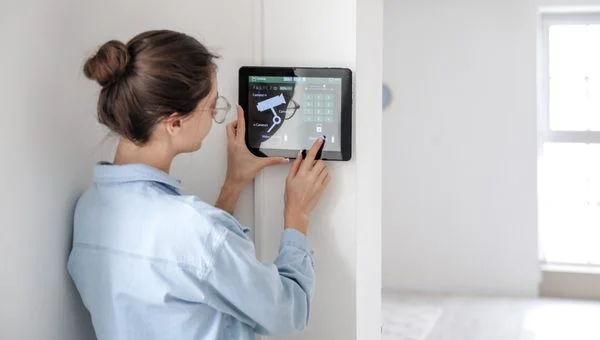Actuarial careers
Industry topics

Claim your CPD points
As smart home technology becomes increasingly accessible, traditional home insurance models are changing - and actuaries can be at the forefront of this revolution.
In our new series, AI Case Studies, we share hypothetical examples to illustrate how AI may transform insurance processes in real-world scenarios and how actuaries can use AI to help benefit the community. This first case study in the series focuses on home sensors and their impacts on general insurance products.
XYZ underwrites home and contents insurance. XYZ's risk assessment and pricing has traditionally been based on variables commonly associated with this class of business (for example location, building material, claim history). XYZ is investigating the use of sensors and smart home devices to mitigate risk and reduce claims cost through early warning.
XYZ recognises the opportunity to leverage the data available from more smart devices being installed by homeowners. This may lead to:
Smart home devices monitor and alert homeowners to potential accidents. For example:
XYZ would require access to sensor data to incorporate this into their underwriting and pricing models. This poses additional requirements for the insurer including:
XYZ's actuaries would be part of the team leading this initiative across three key areas:
Strategic role and expanding of cross-functional engagement
Strategic role and expanding of cross-functional engagement: This initiative will require close collaboration between the actuarial team and other parts of the business (particularly data, underwriting, analytics and legal teams).
Some of XYZ's actuaries may take on a larger product ownership role to leverage their perspective across pricing, profitability and regulation. The actuarial team would also work to bridge knowledge gaps in using new machine learning tools and techniques and have been working with experts internally and externally to build up their knowledge.
Initial investigation and updates to traditional actuarial methods and workflows
Sensors provide a new form of data with AI-based techniques used to analyse and interpret that data (similar considerations apply to other sources like satellite imagery). As a result, the following are some key areas to consider for this new technology:
Regulatory compliance and responsible AI
XYZ's strategy includes a commitment to pass savings on to customers where the installation of sensors translates to a lower risk profile, all else equal. A formal structure for monitoring this corporate commitment can be put in place to ensure that savings are passed on to customers. With new sensor data that may include automatic and real-time components directly from homeowners, XYZ's actuarial team is expected to work closely with the rest of the business to ensure appropriate data privacy safeguards are in place, including prevention of leaked sensitive data by AI models.
The growing adoption of home sensors is expected to result in a lower claims frequency as more claim events are prevented, and a lower claim severity due to early warning that allows action to limit damage to be taken sooner. Both of these elements should ultimately result in lower premiums to homeowners.
Home sensors are still gaining traction, and although acquisition and installation costs have been a barrier to wider deployment by homeowners, insurers like XYZ are in a position to accelerate the uptake through cost subsidisation and premium discounts, along with the necessary protections for customers' data and privacy.
Have you overcome a complex business challenge or pioneered an innovative solution using AI? Share your story to promote how actuaries are using AI.